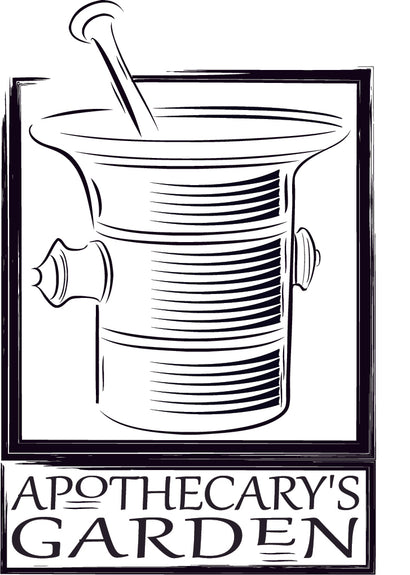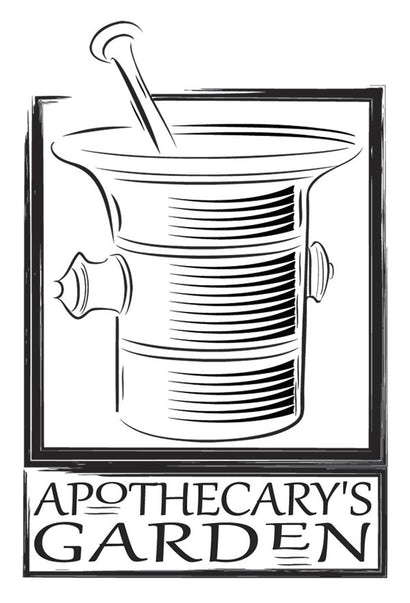


Canary Island Pine Resin-Sustainable
Canary Island Pine Resin-Pinus Canariensis is, of course, endemic to the Canary Islands.
This is a one-off purchase I made and it is not likely I will have it in the shop again.
It is painstakingly collected from many tiny drops of resin from the ground. For this reason it is sustainably harvested. Additionally, for this reason, you will find needles and bits of burned or charred bark. It is not the cleanest resin in the shop, but wow! it is the most beautiful Pine resin I have smelled!
Canary Island Pine trees are known for their unique resistance to fire. By the looks of this batch, it was collected from trees near or in a fire and exuded much of the resin in response to a fire. You will find bits of charred bark among the aromatic resin drops. It has a very sweet aroma, likely the sweetest Pine resin I have found. Its sweetness may be inherent in this species or due to a response to the fire and high temperatures the trees experienced. Either way, its aroma is unique and enchanting!
It makes lovely incense and can be the base material for sensuous balms and rubs when dissolved in oils and fats.
In perfume, it makes a lbeautiful, though somewhat sticky, tincture. Perhaps in the future, if I can get enough of this delicious resin I will distill its essential oil.
Pine resin is used in traditional and home remedies around the world and in most of our cultures.
Pine resin dissolved in warm carrier oils makes a perfect base for chest rubs, muscle rubs and moustache waxes. For Balms and rubs, I dissolve the pine resin in a water bath at a ratio of 1:3 with a carrier oil such as Jojoba or Fractionated Coconut oil. I filter it through a metal mesh coffee filter and return it to a clean vessel in the water bath. Then, one can add a bit of wax and essential oils of one's choice to thicken it. I keep the percentage of essential oils to around 2% by weight to avoid skin reactions in those with sensitivities.
Historically, Pine resin is likely the most used resin for incense and therapeutic applications since it is readily available around the world.
On the skin, an infusion of Pine resin in a carrier oil stimulates surface blood flow, helps ease breathing, facilitates the movement of phlegm, acts as an anti-inflammatory and eases joint and muscle pain.
A common practice worldwide is to use clear bits of Pine resin as chewing gum, which helps stimulate the gums and promote digestion and the production of saliva. You are bound to find a few such gems in each package. Pine resin is used as a wound healer, and in topical salves, it is used for respiratory distress, sore muscles, and joints.
Canary Island Pine Resin is beautiful, burned on charcoal. It does not smell like any of our North American Pines but has a unique, unusually sweet, woody, earthy scent. Pine resin smoke is considered a powerful cleanser of space and raises energy wherever it is burned.
At apothecarysgarden.com, you will find recipes for incense, moustache waxes and various healing salves and balms using fresh Pine, Fir or Spruce sap. You will also find instructions for building your own essential oil distillation unit which you can use to distill the essential oils from these oleoresins.
As mentioned in my recipes, you must first warm Pine Resin in a water bath, with or without vegetable oil, (or animal fat), then filter it from debris and non-dissolving particles. Pantyhose or pillowcases, or metal mesh coffee filters work well.
Dan
If your resin is sticky, it may be difficult to remove it intact from the plastic wrapper. My trick and workaround is to place the bag in the fridge or freezer for 15-30 minutes before attempting to separate it from its package. After chilling, it will detach with ease and without leaving any material stuck to the wrapper.
Materials: Natural oleoresins, Pine resin, fresh sap, fresh oleoresins, tree resins, Pine pitch.




